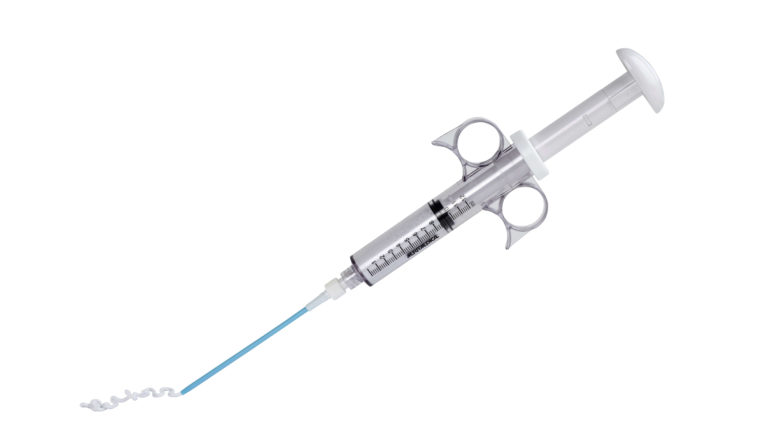The number one thing for infection, a total buzzkill if you will, for infection, is smoking. If you’re a smoker, the best thing you can do to help fight an infection or to heal your fracture – even if it’s not infected – is to stop smoking. Because smoking is a double whammy. You have the effect of carbon monoxide which decreases your oxygen carrying capacity, so your oxygen delivery to the tissue and thus the bone, is decreased dramatically. Nicotine in cigarettes is a direct poison to osteoblasts. By smoking a cigarette, you suffocate the cells and then you poison them. It’s a one-two punch.
The other thing that smoking does is it inhibits the formation of collagen. And collagen is the building blocks of bone, it’s like the rebar for cement. The cells come along, line up on the collagen bundles and then form bone. But the rebar must be there otherwise you don’t form bone. When a patient smokes, they don’t form any collagen. If a patient smokes a pack a day, the only time they aren’t smoking is at night when they’re sleeping. Most heavy smokers don’t sleep that well, because of the effect of carbon monoxide – they’re always awake. So, if you figure there’s 24 hours in a day and you’re only sleeping 4 to 6 hours, the only time you’re forming good bone is at night time. That’s why the data is very specific that it takes 3 to 4 times longer for a smoker to heal a fracture than a non-smoker and that’s because of the carbon monoxide, the nicotine, and the collagen inhibitory effect that smoking has. If you’re not delivering oxygen to the tissue, you’re not fighting the infection. It also has a vasoconstrictive effect that clamps down on the blood vessels and you’re not delivering antibiotic. So, number one thing, don’t smoke.
Number two, watch your diet. A lot of fast food, high carbs, low protein is also a buzzkill to fighting infection and healing your fracture.
Number three, taking your antibiotics when you’re supposed to and being compliant in your treatment.
But really the main thing would be avoiding noxious activity. If you’re taking steroids, we try to have to cut you back on steroid medication. Diabetics you can’t really do much about. You are dealt a difficult hand if you’re a diabetic; very difficult to fight infection because of the small vessel disease that diabetics have.




